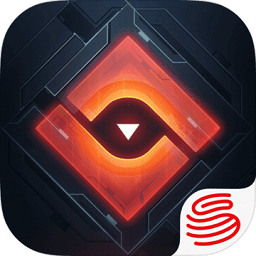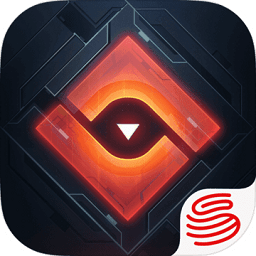Debugging Bash (shell) scripts
时间:2010-09-08 来源:haox2653
1.Turn on debug option
Bash provides extensive debugging features. The most common is to start up the subshell with the -x option, which will run the entire script in debug mode. Traces of each command plus its arguments are printed to standard output after the commands have been expanded but before they are executed.
eg.
willy:~/scripts> bash -x script1.sh
2.Debugging on part(s) of the script
2.Debugging on part(s) of the script
Using the set Bash built-in you can run in normal mode those portions of the script of which you are sure they are without fault, and display debugging information only for troublesome zones. Say we are not sure what the w command will do in the example commented-script1.sh, then we could enclose it in the script like this:
set -x # activate debugging from here w set +x # stop debugging from here |
Table 2-1. Overview of set debugging options
| Short notation | Long notation | Result |
|---|---|---|
| set -f | set -o noglob | Disable file name generation using metacharacters (globbing). |
| set -v | set -o verbose | Prints shell input lines as they are read. |
| set -x | set -o xtrace | Print command traces before executing command. |
The dash is used to activate a shell option and a plus to deactivate it. Don't let this confuse you!
In the example below, we demonstrate these options on the command line:
willy:~/scripts> set -v willy:~/scripts> ls ls commented-scripts.sh script1.sh willy:~/scripts> set +v set +v willy:~/scripts> ls * commented-scripts.sh script1.sh willy:~/scripts> set -f willy:~/scripts> ls * ls: *: No such file or directory willy:~/scripts> touch * willy:~/scripts> ls * commented-scripts.sh script1.sh willy:~/scripts> rm * willy:~/scripts> ls commented-scripts.sh script1.sh |
相关阅读 更多 +










